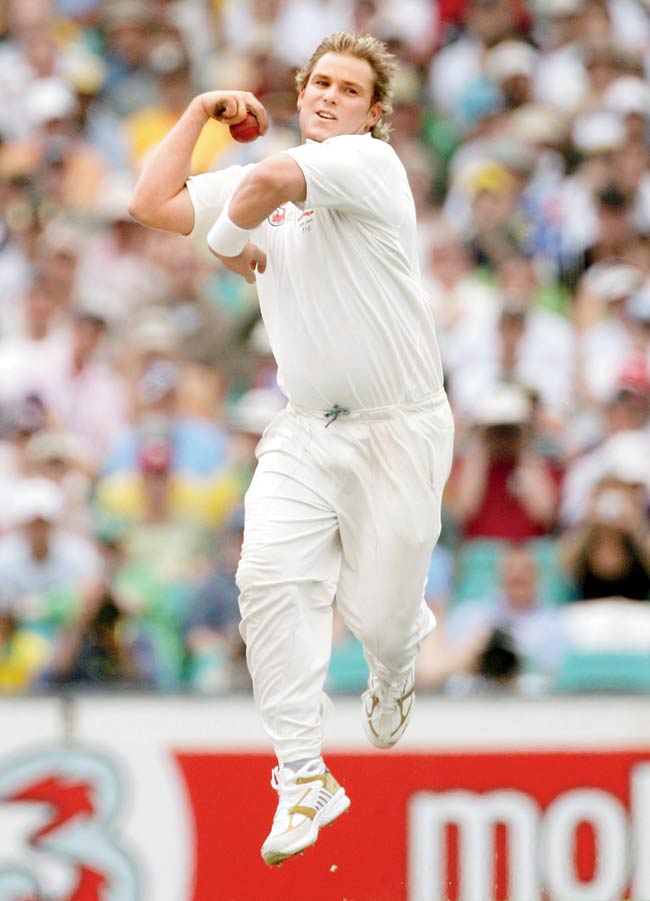There are a number of reasons for the demise of wrist spin in Australia. It's a difficult art where a lot of patience is required and in the modern world this is not the virtue that was once preached: Ian Chappell

Shane Warne during his last Ashes Test in 2007. Pic/Getty Images.
 In recent times Australia’s inability to play spin bowling successfully, has led to opponents preparing dry and dusty pitches in order to take advantage of this weakness.
In recent times Australia’s inability to play spin bowling successfully, has led to opponents preparing dry and dusty pitches in order to take advantage of this weakness.
Equally disturbing has been the inability of Australia’s spinners to take advantage of these conditions and similarly reduce the opposition to tatters. A considerable component in Australia’s inability to win in these conditions is the opposition regularly piling up big scores.
ADVERTISEMENT
And Australia can’t claim this is because, as has happened in the UAE, they’re batting second. In India, in 2012-13, they batted first in all four Tests and still conspired to lose the lot.

Shane Warne during his last Ashes Test in 2007. Pic/Getty Images.
Downward trend
There’s been a downward trend in one important aspect of Australian first-class cricket in the last fifty years; the demise of the wrist-spinner. How has the country that spawned Arthur Mailey, Bill O’Reilly and Clarrie Grimmett, Richie Benaud, Shane Warne and Stuart MacGill subsided to the point where wrist spinners are now as scarce as the 1934 Australian penny? The nature of Australia’s bouncy pitches, suggests the slow bowlers most likely to succeed are the good wrist, rather than the finger spinners. Unless you have the class of Ashley Mallett, the art of finger spin in Australia is extremely difficult and one of rare rewards.
Nevertheless, Australia has regressed from a country where in the 1960’s, virtually every Shield side played one wrist spinner and NSW and SA often selected two, to a point where these days, it’s hard to find one in first-class cricket. Nowadays, you’re more likely to find the sole spinner in a Shield side is a finger spinner and even more disturbing, there’s a paucity of wrist spinners in club cricket.
What makes this trend even more difficult to understand is that it follows a period where Warne regularly mesmerised batsmen and MacGill, when he got the opportunity, wasn’t far behind in the bamboozling stakes. At the height of Warne’s success it was felt his enormous following of young fans would reignite the art of leg-spin in Australia.
There are a number of reasons for the demise of wrist-spin in Australia. First and foremost it’s a difficult art where a lot of patience is required and in the modern world this is not the virtue that was once preached. Warne may have hit on another reason, because he demands that not only slow bowlers but captains are invited to his spin sessions.
In an era where so much short-form cricket is played, the art of containment has out stripped the attacking instincts of most captains. In a fast moving world it’s often forgotten that improvement, not change is more important.
 Subscribe today by clicking the link and stay updated with the latest news!" Click here!
Subscribe today by clicking the link and stay updated with the latest news!" Click here!







